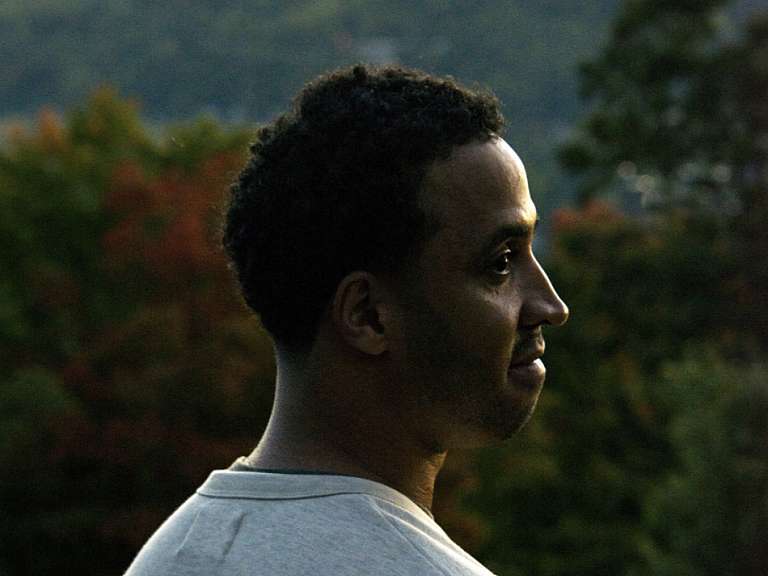News
The Prison ‘Old-Timers’ Who Gave Me Life
Aging inmates, some serving life sentences, helped me turn my life around. They could do even more good on the outside.

I can speak for both myself and my older brother, Darryl, when I say that March 8, 2000, was the most regrettable day of our lives. On that day, I accompanied Darryl to an encounter with a gang member who, days earlier, had sexually assaulted Darryl’s wife. We were both armed. Rather than report the assault, we set out for a confrontation. Within seconds, the situation escalated and Darryl fired several shots in a struggle for the gun, wounding the gang member and himself. Darryl and I survived. The gang member did not.
Months later, we stood shackled and handcuffed inside a muggy Brooklyn courtroom. I was 20 and Darryl was 21. We had every reason to think we’d spend the rest of our lives in jail. But Justice Gustin L. Reichbach did something unexpected, something that probably saved both our lives: He did not impose the maximum prison sentence of 40 years to life — the equivalent of life without parole — and instead sentenced each of us to serve 17½ years to life.
We were taken to Five Points Correctional Facility, a maximum-security prison in upstate New York, to serve our time. That Darryl and I were in the same prison gave us both real advantages. Friends and family could visit us in one place, helping us maintain a connection with the outside world. We were able to reflect together on where we had gone wrong and to commit ourselves to turning our lives around. Seeing each other every day provided a constant reminder of the worst choice we’d ever made.
We made a pact not to ever do anything that would separate us. We became partners in accountability, supported each other during difficult times and deepened our faith with the help of wonderful chaplains there. We also had the guidance and wisdom of several “old-timers” — prisoners decades older than us, some serving life sentences, who committed themselves to keeping us out of trouble. It worked. After seven years of good behavior, Darryl and I were granted permission to become cellmates and spent the next 10 years sharing a bunk.
Soon enough, we followed the lead of those old-timers. We mentored younger inmates. We were co-chairmen of the Youth Assistance Program, where we re-enacted our crime and relayed our life experiences to young men, many on probation or taking part in diversion programs, which offer young offenders alternatives to criminal prosecution. With the help of other inmates, we also created the Prison Community Awareness Program, mentoring inmates aged 16 to 21, some of whom were serving life sentences. The institutional example we set simply paid forward the wisdom and guidance those older men extended to us.
Read the full article here.